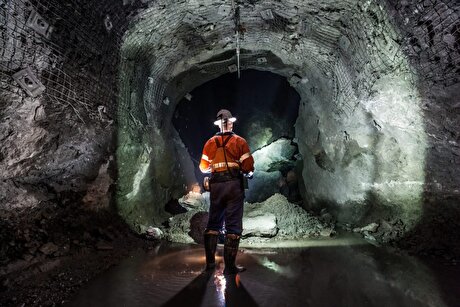
Government placed great trust in private sector for Mehdiabad Zinc and Lead Project

Anguran and Mehdiabad are referred as the two largest reserves of lead and zinc in Iran. Enjoying 9mt reserve of lead and zinc with 26% and 6% grades respectively, Anguran Lead and Zinc Mine, Zanjan province, provides the feeds of zinc and lead processing plants in the country.
As the oxidized reserves of Anguran are running out, meeting the needs of lead and zinc companies over the next few years will be challenging. At present, the total annual capacity of the zinc processing units, lead ingots, and lead and zinc concentrate in Iran is 480,00t, 420,000t, and 2mt, respectively. While the country managed to produce 700,000t lead and zinc concentrate, 142,000t zinc ingots and 72,000t lead ingots in 2014.
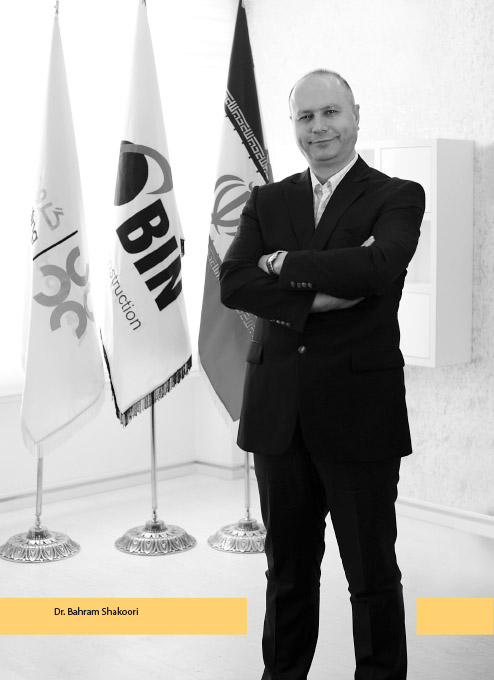
Not supplying the processing plants with the required minerals, due to the insufficient production of lead and zinc in Iran, has caused the industry to enjoy merely 35% to 40% of its capacity. The statistics indicate the important influence of investment in lead and zinc mines.
The opportunity opened up in launching and exploiting Mehdiabad Mine, with a proved reserve of 154m and average grade of 6% zinc, 2% lead, and 52.5g/t, can be a satisfactory substitute for both Anguran Mine and the country's demand. It can also play a key role in meeting the global need.
Evaluations reveals that Mehdiabad is ranked seventh among zinc resource-rich countries, while the mine's lead deposits are ranked tenth in the world. Consequently, the production of this leading mine can play an effective and important role in Iran's international position with respect to lead and zinc.
Based on the preliminary estimates, the investment required for the development of the mine, as well as the plant is over $1bn. Upon launching, about 1,000 and up to 3000 to 5000 direct and direct job opportunities will be created in the country.
Entrusting the capability of the private sector, the Iranian government handed over the large-scale project to the sector. Mobin consortium, as the representative of the private sector, is in charge of the project.
The consortium consists of Mobin Construction and Mining Companies, Aria Jonoob Iranian Co., Meskani Copper Processing Co., Kahanroba Consulting Engineering Co., Sormak Mining Co. and 65 member companies of Iranian Lead and Zinc Industries and Mines Association.
Given the scale of Mehdiabad, the responsibility of the consortium will be weighty, however, the consortium plans to handle the project through domestic and foreign joint ventures and applying its maximum technical and financial capacities.
Foreign partners or local companies
The planning for the implementation of the project is based on two scenarios. The first scenario predicts the presence of foreign partners. According to this scenario, at least 4 years is required for pre-stripping operations of 185mt minerals. At the same time, the official permits for the implementation of the project, basic design, semi-detailed and detailed studies will be obtained.
The plan of setting up a lead and zinc concentrate production plant, with a production capacity of 800,000t minimum 35% zinc concentrate and 80,000t minimum 60% lead concentrate is formulated.
According to the scheduled plan, the stripping operations, extraction, as well as the production of processing plant will be incepted in the fifth year and will go on for 20 years.
Another scenario defined in the absence of foreign investors considers simultaneous exploration, extraction, and production operations. In this case, the project will not reach its ultimate capacity by the end of the fourth year, but the production begins from the very first year.
Mobin consortium has signed an agreement with Glencore to both transfer the technology and to finance the project. Likewise, other domestic and foreign partners have expressed willingness to cooperate with the consortium.
Swiss-based Glencore was ranked 10th in the list of the world's largest 500 companies published by Fortune in 2014.
Glencore, the world's largest commodity company, has 60% and 50% of zinc and copper markets' share.
Given the record and experience of the company in projects comparable to the lead and zinc plans, Glencore is one of the practical options for cooperation in this project. Thus, an agreement is reached with the company with respect to financing, transferring know-how knowledge and technology in the field of mining engineering and metallurgy, as well as management of the mine, marketing and sales.
Mehdiabad Zinc and Lead Mine is a national project that has been handed over to the private sector by the government. However, carrying out the project will not be possible without the backing of the government.
The role of government in paving the way for the development and cooperation in the fields such as addressing the full infrastructure, preserving the environment and providing water, electricity, gas, etc. is undeniable.
With such support to accelerate the implementation of the project, the government has taken a positive step to winning the trust of the private sector. Indeed, securing the investment will increase the motivation and enthusiasm of the private sector.
The valuable function of the sector in Mehdiabad can be an unparalleled pattern in inviting domestic and overseas investors to the country's mining sector. For instance, the consortium has promised that if the 25% production target in Mehdiabad project is reached in the next two years, a part of the royalty which was supposed to be allocated to IMIDRO will be allotted to the project.
The support and incentives provided by the government for a major project undertaken by the private sector can obviously lead to the attraction of local and foreign investment.
The political, geographical, geo-strategic, geopolitical and geo-economic footing of Iran in the Middle East, as well as all over the world is favored, as the country enjoys abundant energy resources such as 9.3% of the global oil reserves (fourth ranking in the world) and 7% of total mineral deposits of the world.
Although the current value of the minerals is $700bn, it can be increased by $1400bn through new explorations. In addition, the country has an access to qualified and educated workforce, as well as affordable energy, thus Iran shows considerable potential for investment, particularly in the mining sector.
The government can accelerate the development of the country’s mining industry by providing the following supports; offering investment incentives, facilitating the process of obtaining permits, controlling the interest and exchange rates, providing essential infrastructure and reducing the tax imposed on industrial manufacturing and mining units, backing the units in repaying the loans, reviewing and revising the tariffs and export and import duties of industrial and mineral goods etc.


SAIL Bhilai Steel relies on Danieli proprietary technology to expand plate mill portfolio to higher steel grades

Alba Discloses its Financial Results for the Second Quarter and H1 of 2025
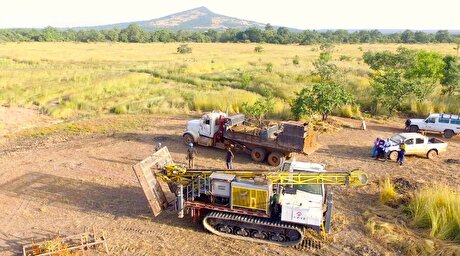
Fortuna rises on improved resource estimate for Senegal gold project

Copper price slips as unwinding of tariff trade boosts LME stockpiles

US slaps tariffs on 1-kg, 100-oz gold bars: Financial Times

Fresnillo lifts gold forecast on strong first-half surge

Why did copper escape US tariffs when aluminum did not?

Codelco seeks restart at Chilean copper mine after collapse
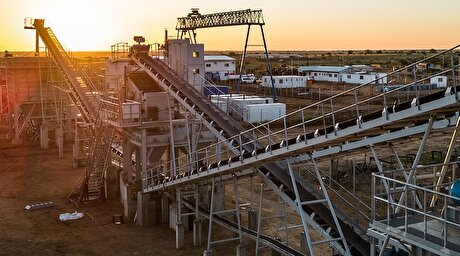
NextSource soars on Mitsubishi Chemical offtake deal

Hudbay snags $600M investment for Arizona copper project
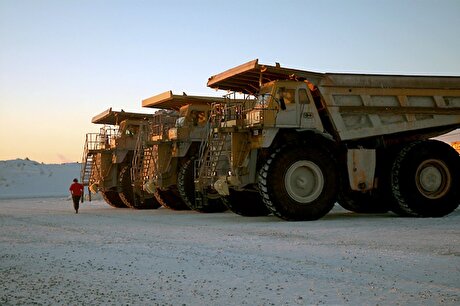
Discovery Silver hits new high on first quarterly results as producer

Trump says gold imports won’t be tariffed in reprieve for market

AI data centers to worsen copper shortage – BNEF
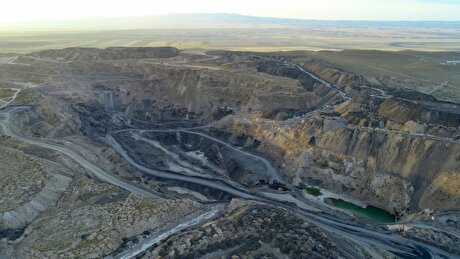
Uzbek gold miner said to eye $20 billion value in dual listing

Peabody–Anglo $3.8B coal deal on the brink after mine fire

De Beers strikes first kimberlite field in 30 years
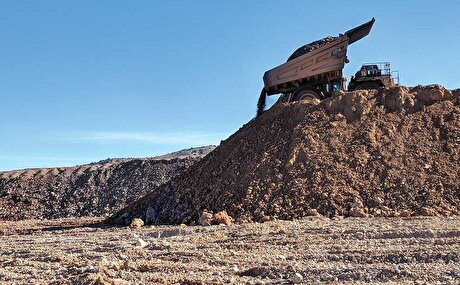
Minera Alamos buys Equinox’s Nevada assets for $115M
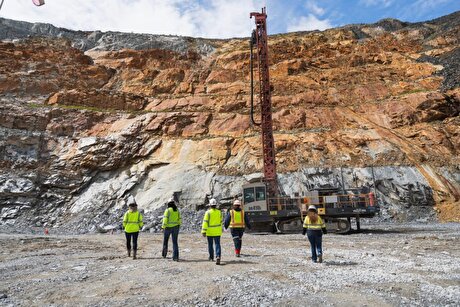
OceanaGold hits new high on strong Q2 results

What’s next for the USGS critical mineral list

Hudbay snags $600M investment for Arizona copper project

Discovery Silver hits new high on first quarterly results as producer

Trump says gold imports won’t be tariffed in reprieve for market

AI data centers to worsen copper shortage – BNEF

Peabody–Anglo $3.8B coal deal on the brink after mine fire

De Beers strikes first kimberlite field in 30 years

Minera Alamos buys Equinox’s Nevada assets for $115M

OceanaGold hits new high on strong Q2 results

South Africa looks to join international diamond marketing push
